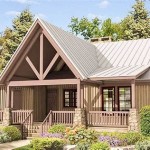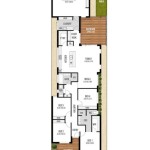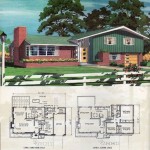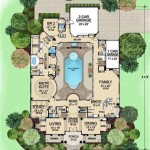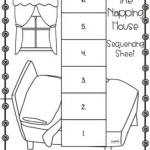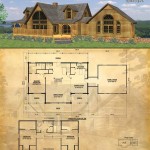Essential Aspects of Single-Storied Residential House Plan Elevation and Section
Elevations and sections are crucial elements in the planning and design of any building, providing detailed representations of the structure from different perspectives. In the case of single-storied residential houses, elevations and sections play a significant role in capturing the aesthetic appeal and functionality of the dwelling.
Elevations
Elevations are two-dimensional drawings that depict the exterior appearance of a building from various sides. They provide insights into the overall shape, height, and proportions of the house. Elevations are essential for:
- Visualizing the aesthetic appeal of the house
- Determining the size and placement of windows, doors, and other exterior features
- Ensuring that the house complements its surroundings and complies with building codes
Sections
Sections are vertical cut-through drawings that reveal the internal layout and structure of a building. They provide information on the relationship between different rooms, the height of ceilings, and the structural elements that support the house. Sections are important for:
- Understanding the functional layout of the house
- Determining the sizes and heights of rooms
- Identifying the location of stairs, bathrooms, and other interior features
- Establishing the structural integrity and stability of the building
Essential Information Included in Elevations and Sections
To ensure accurate and comprehensive house plans, elevations and sections should include the following information:
- Dimensions: Precise measurements of the house's height, width, and length
- Window and Door Details: Size, style, and location of windows and doors
- Exterior Materials: Specified materials used for siding, roofing, and trim
- Roof Details: Pitch, shape, and type of roofing material
- Structural Elements: Location and dimensions of load-bearing walls, columns, and beams
- Interior Layout: Arrangement of rooms, including sizes and relationships
- Plumbing and Electrical: Locations of fixtures, outlets, and wiring
Benefits of Detailed Elevations and Sections
Investing in detailed elevations and sections for a single-storied residential house plan offers numerous benefits:
- Improved Communication: Clear and accurate elevations and sections facilitate effective communication between architects, builders, and homeowners.
- Reduced Construction Errors: Well-defined plans minimize errors during construction, saving time and resources.
- Enhanced Aesthetic Appeal: Elevations allow homeowners to visualize the exterior appearance of their house, ensuring it aligns with their desired aesthetic.
- Optimized Functionality: Sections enable homeowners to plan the layout of their house to maximize space utilization and functionality.
- Compliance with Building Codes: Detailed elevations and sections help ensure compliance with building codes and regulations, avoiding potential issues during construction.
Conclusion
Elevations and sections are indispensable components of single-storied residential house plans. They provide a comprehensive visual representation of the building's exterior appearance and internal layout. By considering the essential aspects discussed above, architects and homeowners can create plans that meet both aesthetic and functional requirements, resulting in a well-designed and livable home.

Housing Building Structure Detail Plan Elevation And Section 2d View Dwg File One Floor House Plans Residential Design

Residential Single Story Plan Cadbull

2d View Drawings Of Single Story House Plan Elevation And Section In Autocad That Shows Housing Units Along With Fu 2024 Drawing Plans

2d View Drawings Of Single Story House Plan Elevation And Section In Autocad That Shows Housing Units Along With Fu 2024 Drawing Plans

Residential Single Story Plan Planning Roof

One Story House Elevation Section Plan Foundation And Cover Details Dwg File

One Family House Elevation Section With First And Second Floor Plan Details Dwg File

Do 1 Y Floor And Elevation Plan Residential Building By Joyth06 Fiverr

10x10m Residential Single Story House Plan With Elevation Cadbull Plans

Exterior Elevation Of The Single Y House In Dwg Autocad File Open Plans Luxurious Architecture

